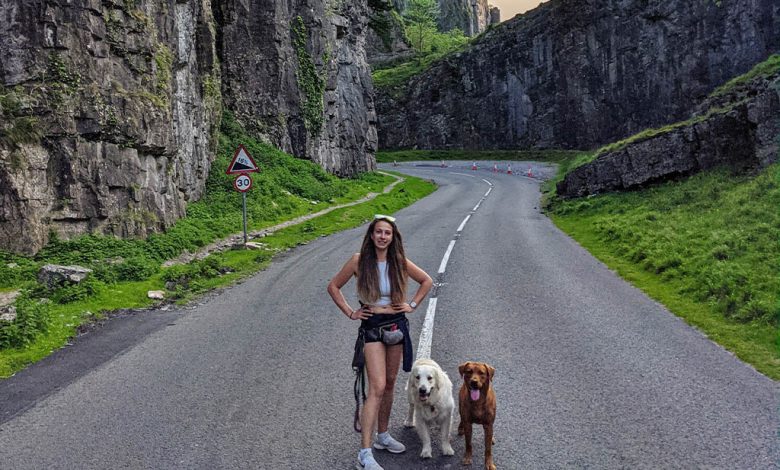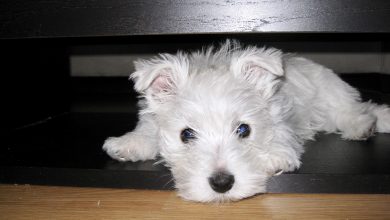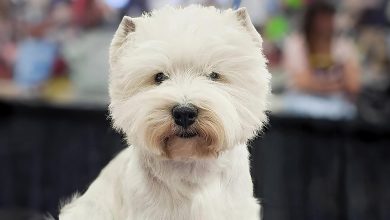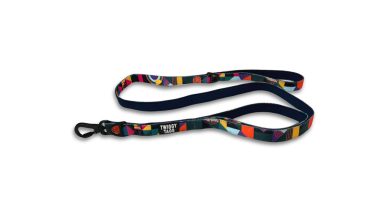Puppies and kids could equal chaos. Check out our top 10 training tips on how to ensure both have their own space and boundaries.
Only pick your puppy up when you have to
Remember that your puppy is a dog, not a baby. Most puppies don’t want to be continuously picked up and cuddled. Puppies should only be picked up in emergency situations, or for managing heights like going in and out of the car or down steps. If you pick your puppy up when they are doing something ‘naughty’ they are more likely to run away next time. If you pick your puppy up for a random cuddle, they are likely to start snapping when carried.
Personal Space is very important
Asking for personal space is asking for respect. We often like to have our puppies on our lap, but they gown to their full size, we no longer want them there. When we allow puppies onto our laps or into our face it tells them that its ok to get that close, which often means that they also do this in play, which can lead to face nipping etc.
Space for your Face
Keeping your face out of the dog’s face and vice versa is especially important. It’s very easy for us to let our dogs climb onto us and have free access to our faces when they are young, but this often leads to pups thinking that its ok to nip faces in play as well. Likewise, dogs have overly sensitive senses on their head, such as their nose, eyes and ears which can make them uncomfortable when we get too close.
Let Sleeping Dogs Sleep
Puppies do the majority of their growing whilst they are asleep, and it’s important for their development that they are able to have enough down time. Puppies should be provided with a safe child free space (separate room or a crate or playpen) where children are not allowed free access. Only an adult should wake up a sleeping dog, which is always best done through putting a treat by their nose for their sense of smell to wake them up.
Chase me, Chase you
Children tend to be high energy and love to be chased by their puppies. However, when the puppy catches up with them and starts nipping this can lead to all kinds of tears and unhappy parents. Chase me games should be minimised where possible to stop encouraging this behaviour from the pup, with interactions with kids calm and training focused.
Volume and Excitement
More nervous puppies appreciate a quiet house, and even those bolder dogs may not want to be excited 24/7. I would always recommend that a puppy gets the opportunity to socialise with kids when they are in a lower energy and doing a quiet activity. This way they don’t only associate the children with play or be nervous of the loud noises they can make.
Greeting Routines
It’s very easy for kids (and parents) to return home and immediately run to their puppy. Whilst this is a great sign of positive interaction, it can also condition the puppy to expect this from every visitor and rush the front door with excitement. I always recommend putting coats and bags away, popping the kettle on and then sitting in your own ‘love seat’ where all greetings take place. This changes the approach to the front door, but also teaches your pup about patients and waiting for affection.
Basic Obedience and Building a Bond
Basic obedience training is a fantastic opportunity for your kids to interact with the puppy in a positive and structured way. This puts your children in more of a leadership position for your pups, increases positive associations with children and is amazing for building the bond between them. It also is important that your kids feel empowered and that they also have control of the pup in your home.
Puppies love rules and boundaries
Consistency is the key to training, and this can only happen when everyone in the household agrees on what the rules should be. Sit down with the whole family and write down the rules for interacting with your pup and what boundaries your pup will be given around the house. EG access to sofas, no begging at the table etc. Better yet why not ask your children to write the rules for their friends when they visit. I often find by empowering them in this way they stick to the rules better themselves.
Roles and Responsibilities
Lots of parents get a puppy as they want to teach their children about responsibility, but then take on all the jobs themselves. Sit down as a family and teach your kids about ALL the tasks it takes to give your dog the best life possible (eg grooming, feeding, walking, training etc). Assign jobs to each person in the household and at what age they are expected/allowed to take on each. For example, Age 5, can hold the training lead in the park. Age 12 can hold the lead on the pavement.






